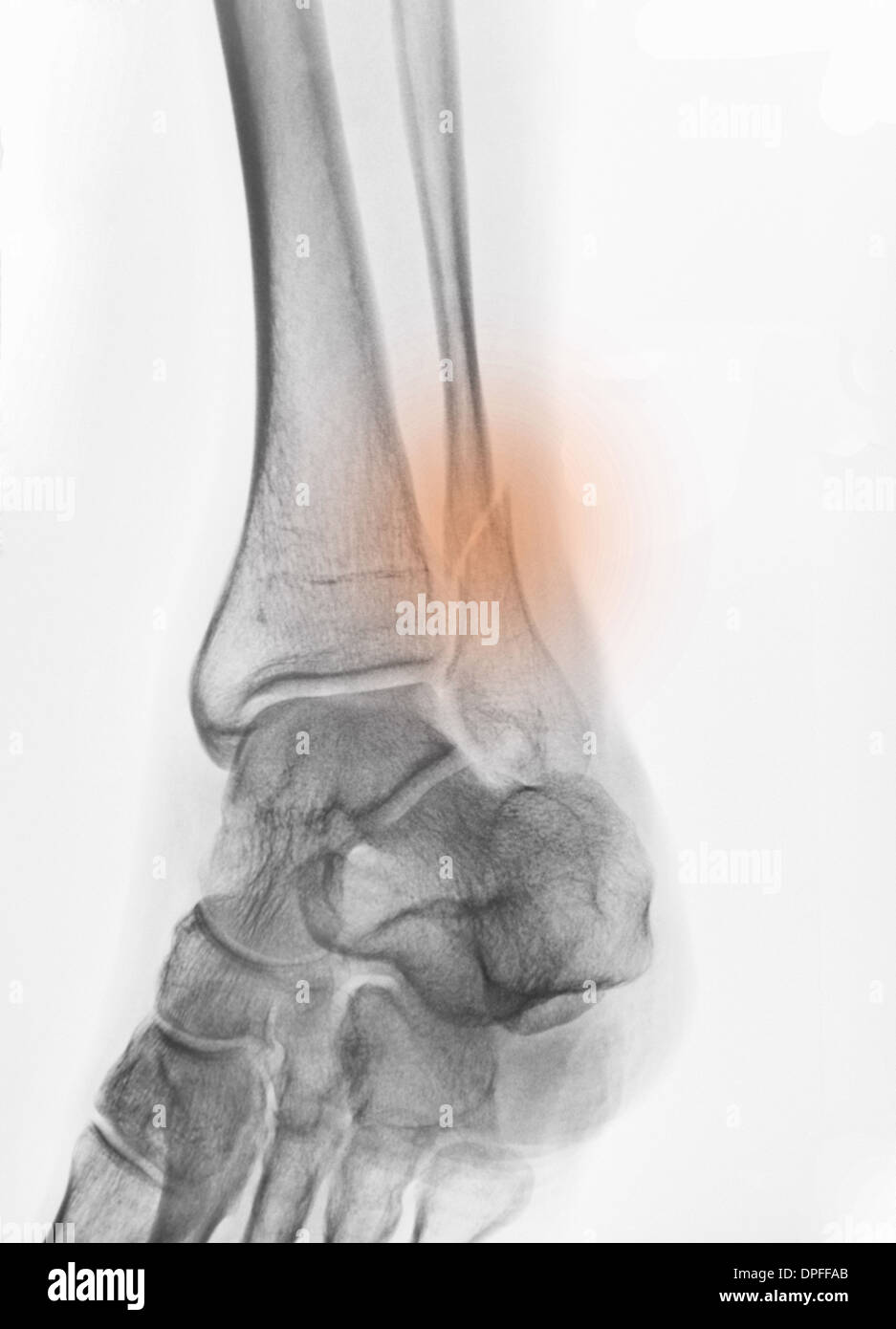
Osteoporosis international: a journal established as result of cooperation between the European Foundation for Osteoporosis and the National Osteoporosis Foundation of the USA 24(8):2261–2267. Arch Phys Med Rehabil 62(9):418–423Ĭarbone LD, Chin AS, Burns SP, Svircev JN, Hoenig H, Heggeness M, Weaver F (2013) Morbidity following lower extremity fractures in men with spinal cord injury. Ragnarsson KT, Sell GH (1981) Lower extremity fractures after spinal cord injury: a retrospective study. Ingram RR, Suman RK, Freeman PA (1989) Lower limb fractures in the chronic spinal cord injured patient.

Osteoporosis international: a journal established as result of cooperation between the European Foundation for Osteoporosis and the National Osteoporosis Foundation of the USA 20(3):385–392. Morse LR, Battaglino RA, Stolzmann KL, Hallett LD, Waddimba A, Gagnon D, Lazzari AA, Garshick E (2009) Osteoporotic fractures and hospitalization risk in chronic spinal cord injury. doi: 10.1038/sc.1995.141ĭauty M, Perrouin Verbe B, Maugars Y, Dubois C, Mathe JF (2000) Supralesional and sublesional bone mineral density in spinal cord-injured patients. Wilmet E, Ismail AA, Heilporn A, Welraeds D, Bergmann P (1995) Longitudinal study of the bone mineral content and of soft tissue composition after spinal cord section. doi: 10.1016/j.apmr.2006.07.257īiering-Sorensen F, Bohr HH, Schaadt OP (1990) Longitudinal study of bone mineral content in the lumbar spine, the forearm and the lower extremities after spinal cord injury. Shields RK, Dudley-Javoroski S, Boaldin KM, Corey TA, Fog DB, Ruen JM (2006) Peripheral quantitative computed tomography: measurement sensitivity in persons with and without spinal cord injury. Roberts D, Lee W, Cuneo RC, Wittmann J, Ward G, Flatman R, McWhinney B, Hickman PE (1998) Longitudinal study of bone turnover after acute spinal cord injury. doi: 10.1016/j.pmrj.2014.08.948quiz 201Ĭhantraine A, Nusgens B, Lapiere CM (1986) Bone remodeling during the development of osteoporosis in paraplegia. PM & R: the journal of injury, function, and rehabilitation 7(2):188–201. Calcif Tissue Res 17(1):57–73īauman WA, Cardozo CP (2015) Osteoporosis in individuals with spinal cord injury. Minaire P, Neunier P, Edouard C, Bernard J, Courpron P, Bourret J (1974) Quantitative histological data on disuse osteoporosis: comparison with biological data. International Osteoporosis Foundation AIS:Īmerican Spinal Injury Association Impairment Scale Trabecular volumetric bone mineral density vBMD CtĬortical volumetric bone mineral density App: Root mean square coefficient of variation percent LSC: High-resolution peripheral quantitative computed tomography mSv: Peripheral quantitative computerized tomography HR-pQCT: This article will discuss the risk of fracture at the knee in persons with SCI, imaging methods to acquire and quantify BMD at the distal femur and proximal tibia, and treatment options available for prophylaxis against or reversal of osteoporosis in individuals with SCI.

A detailed review of imaging methods to acquire and quantify BMD at the distal femur and proximal tibia has not been performed to date but, if available, would serve as a reference for clinicians and researchers. To quantify bone mineral density (BMD) at the knee, dual energy x-ray absorptiometry (DXA) and/or computed tomography (CT) bone densitometry are routinely employed in the clinical and research settings. Striking demineralization of the trabecular epiphyses of the distal femur (supracondylar) and proximal tibia occurs, with the knee region being highly vulnerable to fracture because many accidents occur while sitting in a wheelchair, making the knee region the first point of contact to any applied force. The pattern of bone loss in individuals with SCI differs from other forms of secondary osteoporosis because the skeleton above the level of lesion remains unaffected, while marked bone loss occurs in the regions of neurological impairment. Persons with spinal cord injury (SCI) undergo immediate unloading of the skeleton and, as a result, have severe bone loss below the level of lesion associated with increased risk of long-bone fractures.


 0 kommentar(er)
0 kommentar(er)
